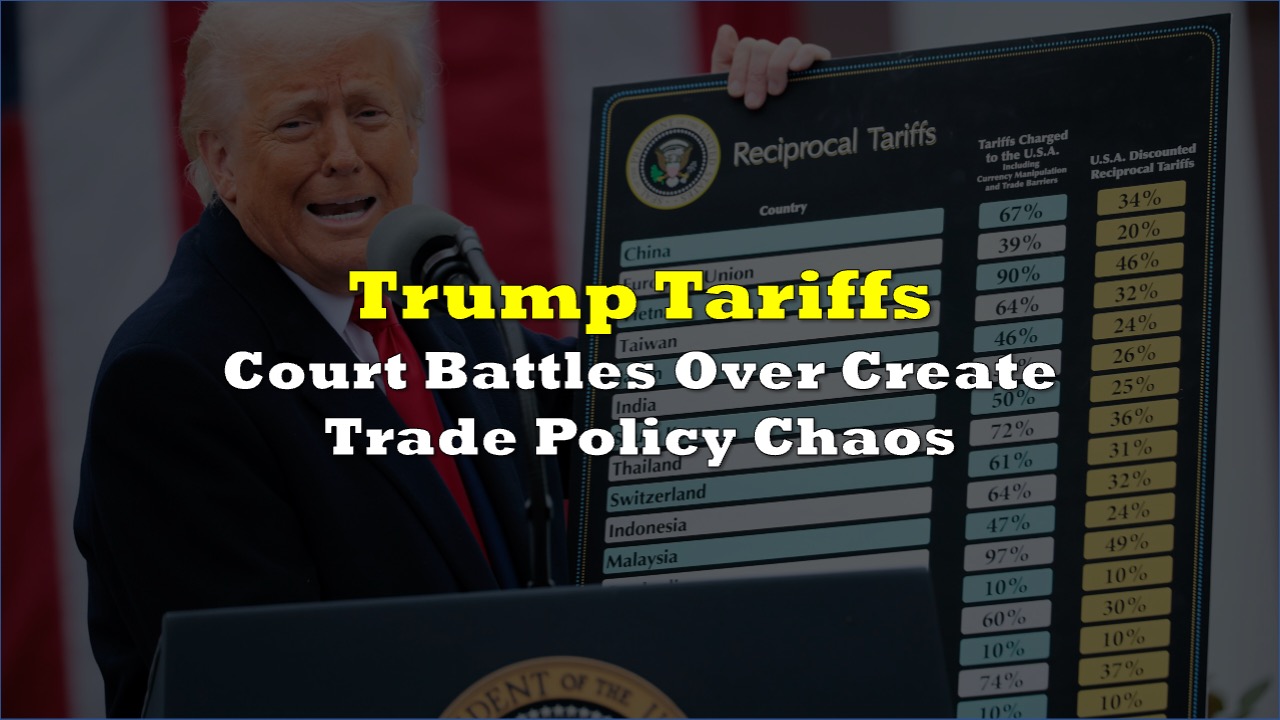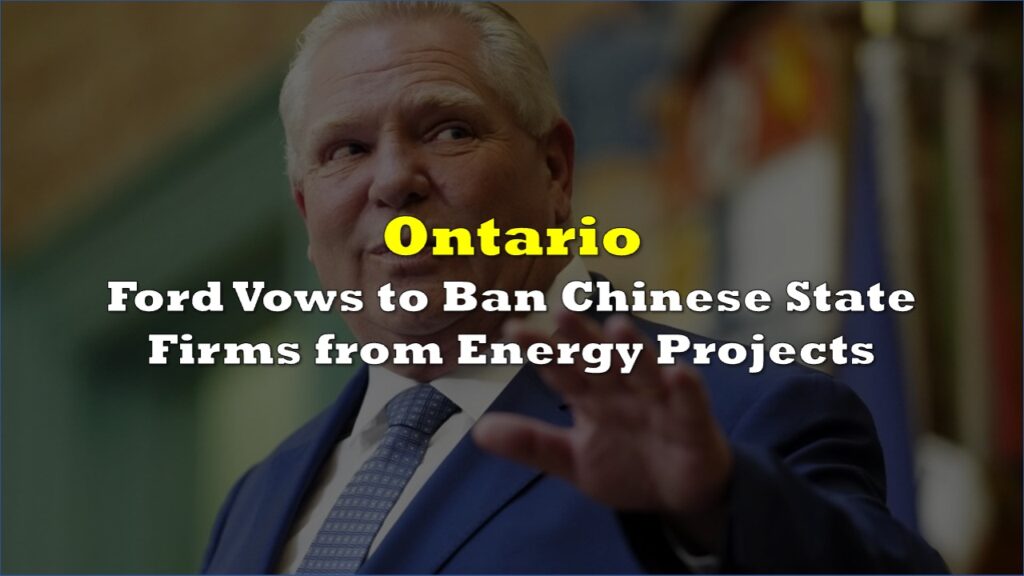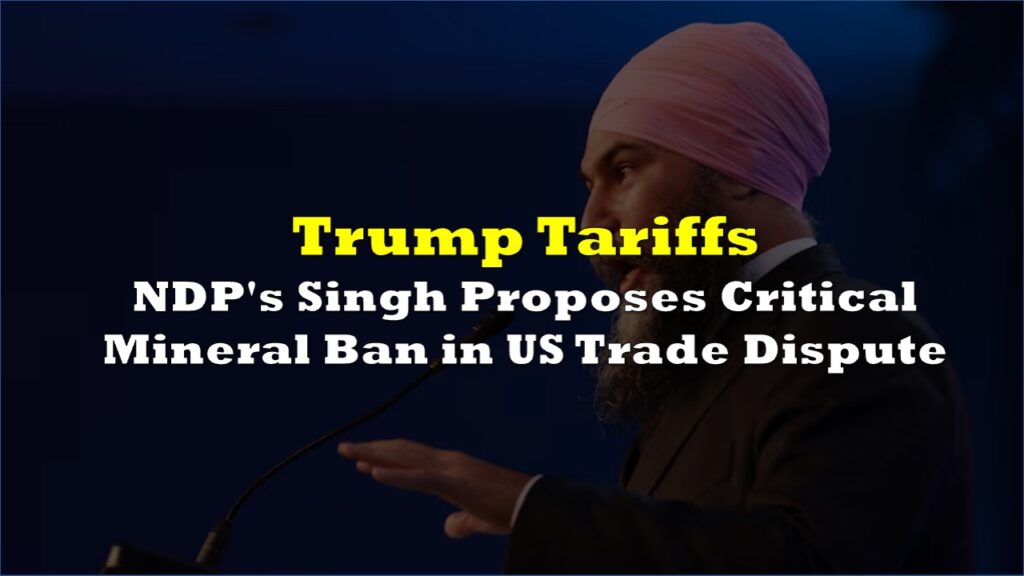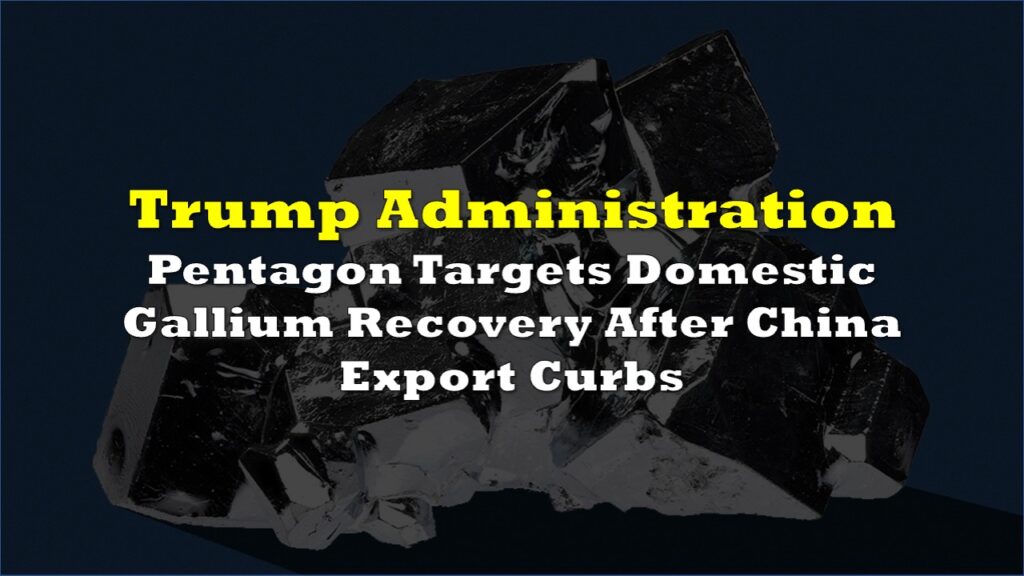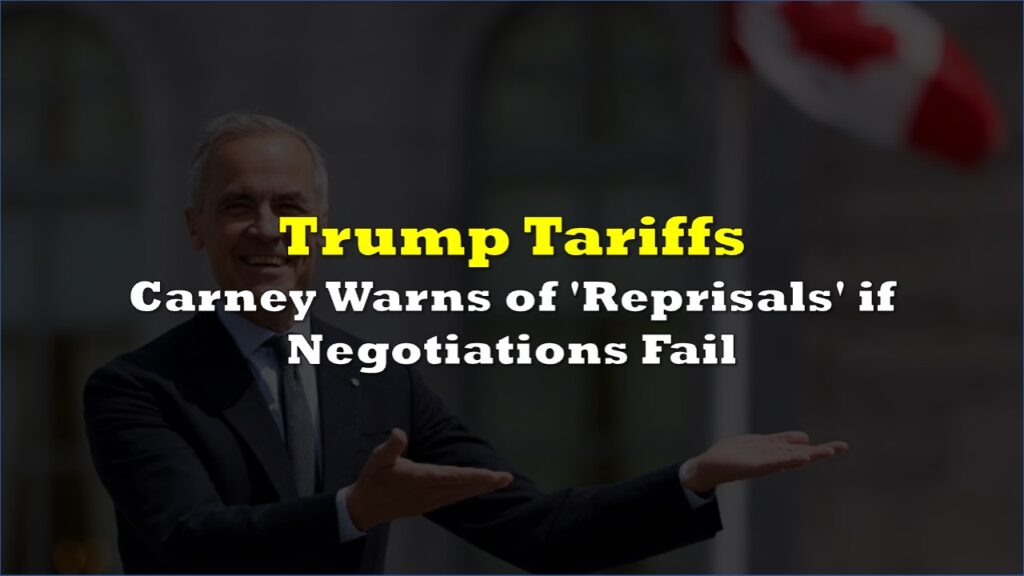Federal courts have thrown President Donald Trump’s signature trade policy into legal limbo, blocking and then temporarily reinstating sweeping tariffs in a 48-hour period that has rattled financial markets and left businesses scrambling.
The whiplash began Wednesday when the US Court of International Trade ruled that Trump exceeded his constitutional authority by imposing broad tariffs under emergency powers, only to have a federal appeals court temporarily restore the duties Thursday while the legal battle continues.
The back-and-forth has created unprecedented instability in US trade policy, with tariff rates fluctuating based on court rulings and international negotiations effectively frozen as trading partners wait for legal clarity.
The trade court’s three-judge panel dealt Trump’s trade agenda a potentially devastating blow Wednesday, ruling that the International Emergency Economic Powers Act does not grant presidents “unbounded tariff authority.”
“Because of the Constitution’s express allocation of the tariff power to Congress … we do not read IEEPA to delegate an unbounded tariff authority to the President,” the court wrote.
Read: Trump’s Tariffs Blocked By Court, Puts $10B Refunds on the Table
The ruling struck down Trump’s Liberation Day tariffs on most countries and separate duties on China, Canada and Mexico that the administration said were needed to combat fentanyl trafficking. Trump is the first president to use the 1977 emergency powers law for tariffs.
The US Court of Appeals for the Federal Circuit granted the Trump administration’s emergency request Thursday to temporarily block the lower court’s order while it considers the government’s appeal.
BREAKING: US Appeals Court has reinstated Trump tariffs during the appeal against the Federal courts that blocked it.
— unusual_whales (@unusual_whales) May 29, 2025
“Hopefully, the Supreme Court will reverse this horrible, Country threatening decision, QUICKLY and DECISIVELY,” Trump wrote on social media Thursday evening.
The temporary stay means tariffs remain in effect while legal proceedings continue, with plaintiffs required to respond by June 5 and the government by June 9.
Financial markets have swung wildly with each development. Dow futures jumped 500 points on news of Wednesday’s initial ruling blocking tariffs, while stocks gave up most gains Thursday amid expectations of a lengthy appeals process. Companies have lost more than $34 billion in sales and higher costs due to tariff uncertainty, according to a Reuters analysis.
White House press secretary Karoline Leavitt called the court ruling “judicial overreach” and said it represents “a troubling and dangerous trend of unelected judges inserting themselves into the presidential decision-making process.”
The Wall Street Journal reported that the administration is considering invoking a provision of the 1974 Trade Act to impose 15% tariffs for 150 days, citing people familiar with the matter.
The administration faces at least seven separate legal challenges to its tariff authority from states, small businesses, and advocacy groups. Oregon Attorney General Dan Rayfield, whose office is leading a state’s lawsuit, called Trump’s tariffs “unlawful, reckless and economically devastating.”
The legal uncertainty has effectively frozen Trump’s trade negotiations with major partners. Apart from a recent agreement with Britain, deals with Japan, the European Union, and other countries remain elusive as governments hesitate to negotiate while the administration’s primary leverage tool faces legal challenges.
The 1977 emergency powers law was designed to freeze assets and impose sanctions during national emergencies, not regulate trade.
“The 1977 International Emergency Economic Powers Act doesn’t say anything at all about tariffs,” Bruce Fein, a former US associate deputy attorney general, told Al Jazeera.
The trade court’s decision applies specifically to tariffs imposed under emergency powers and does not affect existing duties on steel, aluminum, and other products imposed under different legal authorities.
Information for this story was found via the sources and companies mentioned. The author has no securities or affiliations related to the organizations discussed. Not a recommendation to buy or sell. Always do additional research and consult a professional before purchasing a security. The author holds no licenses.

